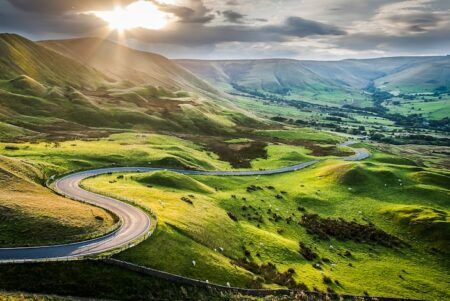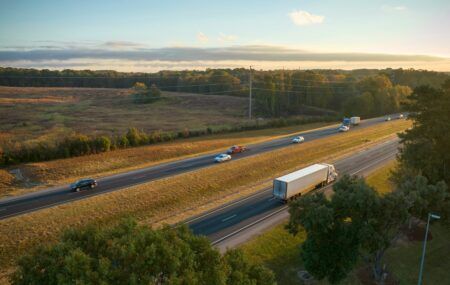The Mayor of London, Sadiq Khan, has announced London’s first ever Low Emission Bus Zone (LEBZ) in Putney High Street; one of the city’s most polluted areas, where a total of 145 buses are running daily on seven scheduled routes, which will now be serviced by cleaner buses in a move to cut harmful nitrogen oxide (NOx) emissions.
Putney High Street exceeded hourly legal levels of nitrogen dioxide on 1,248 occasions in 2016. Under EU (European Union) rules, the limit should not be exceeded more than 18 times in a year. The route, running from Putney Station to Putney Bridge Road, is the first of 12 new LEBZ to be introduced at poor air quality hotspots. The zones represent the most extensive network of clean buses of any major world city. These hotspots expose Londoners to some of the highest levels of nitrogen dioxide (NO2) pollution, and they contain older buses that contribute significantly to road transport emissions. The routes are one? part of a major transformation the Mayor has asked Transport for London (TfL) to deliver to reduce emissions from the city’s bus fleet, including the phasing out of diesel-only buses, and a commitment to purchase only hybrid or zero-emission double-decker buses from 2018.
Only buses that meet the toughest emission standards will be permitted to run within the Putney LEBZ, and the High Street will also have effective bus priority measures in place to keep bus delays to a minimum, and reduce unnecessary pollution caused by vehicles sitting in traffic. The launch follows a recent City Hall poll, in which nine out of 10 Londoners said air pollution is at a ‘crisis’ level. A recent report showed that every London borough has recorded illegally high levels of air pollution in the last two years, with Wandsworth having some of the highest levels. The borough has exceeded the annual mean limit for NO2 pollution at five out of six of their automatic monitoring stations, with the sites on Putney High Street recording levels more than double the legal limit.
Another 11 LEBZs will follow Putney, with the Brixton and Streatham zone set to be introduced in October, and the remaining 10 zones will be delivered by 2020. The upcoming zones, which are all outside of the central Ultra Low Emission Zone (ULEZ), include Stratford, Harringay, and Edgware. The benefits of operating the greenest buses will be felt across the capital as the buses operate the full length of their routes. The changes are expected to reduce bus emissions across the 12 zones by over 80%.
“I promised to make cleaning London’s air up one of my top priorities. I’m delivering on that pledge by introducing our first ever Low Emission Bus Zone,” Khan said. “I have asked TfL to remove the oldest, dirtiest buses from our streets, and this new route, along with the 11 others we’ll be introducing, will make a big difference to the pollution caused by our public transport system.”?




